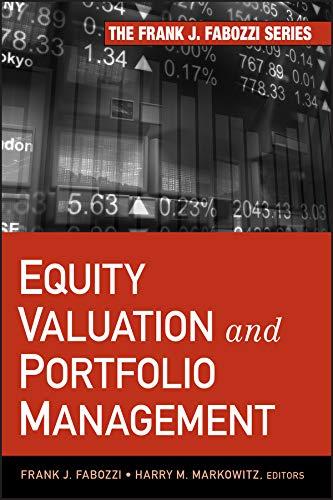Answered step by step
Verified Expert Solution
Question
1 Approved Answer
Assume the following (idealized) annual return estimates (, 2 ) from a dataset. Arithmetic: (0.08, 0.20 2 ), Continuous: (0.06, 0.20 2 ) note the
- Assume the following (idealized) annual return estimates (, 2) from a dataset. Arithmetic: (0.08, 0.202), Continuous: (0.06, 0.202) note the perfect mean shift for continuous returns. In the lectures we saw two binomial models, the Hull model with simplified u/d formulas and more complicated p*, and the general u/d formulas with p*=1/2. In theory, both binomial models converge to the same lognormal model. With S0=100 and T=1, confirm one example of convergence, comparing Pr(S1>110) from these binomials (Hull and General) as t0 to the theoretical lognormal.
Hint: Given n, let t=1/n and note that in either binomial model
S1= 100ukdn-k=100dn(u/d)k where k is between 0 and n. Algebraically translate Pr(S1>110) into a statement about k (which has a binomial distribution), and then evaluate with Excels BINOM function since you have p* (note that these models have different u/d definitions, different p* values, and these all change with n). Compare these probabilities as n increases to exact Pr(S1>110) calculated with the limiting lognormal distribution. Try n=50, 500, 1000, 100000.
Step by Step Solution
There are 3 Steps involved in it
Step: 1

Get Instant Access to Expert-Tailored Solutions
See step-by-step solutions with expert insights and AI powered tools for academic success
Step: 2

Step: 3

Ace Your Homework with AI
Get the answers you need in no time with our AI-driven, step-by-step assistance
Get Started


